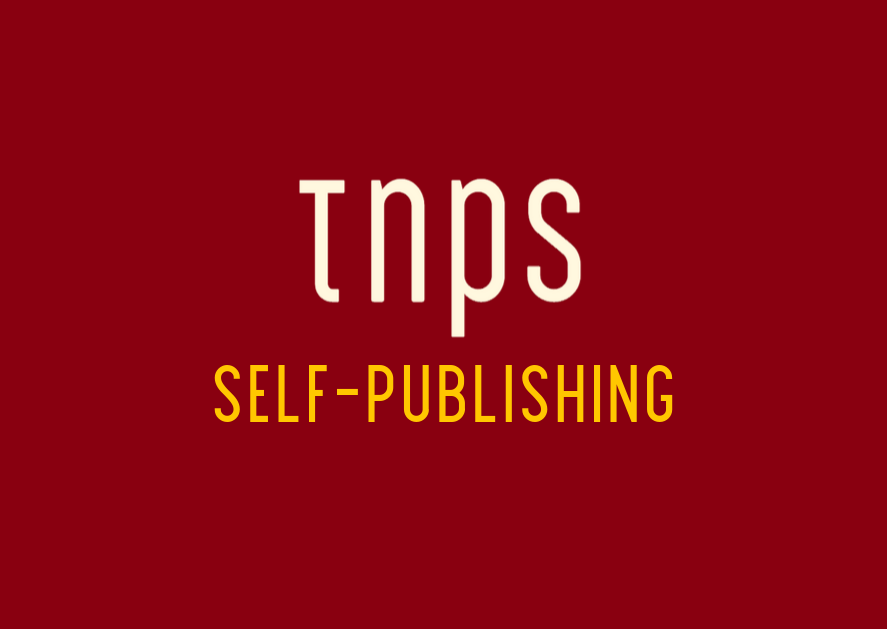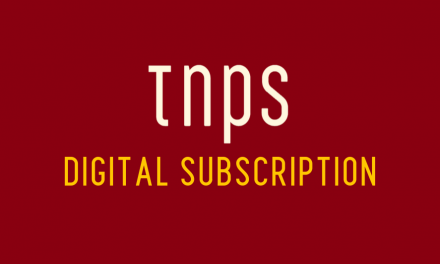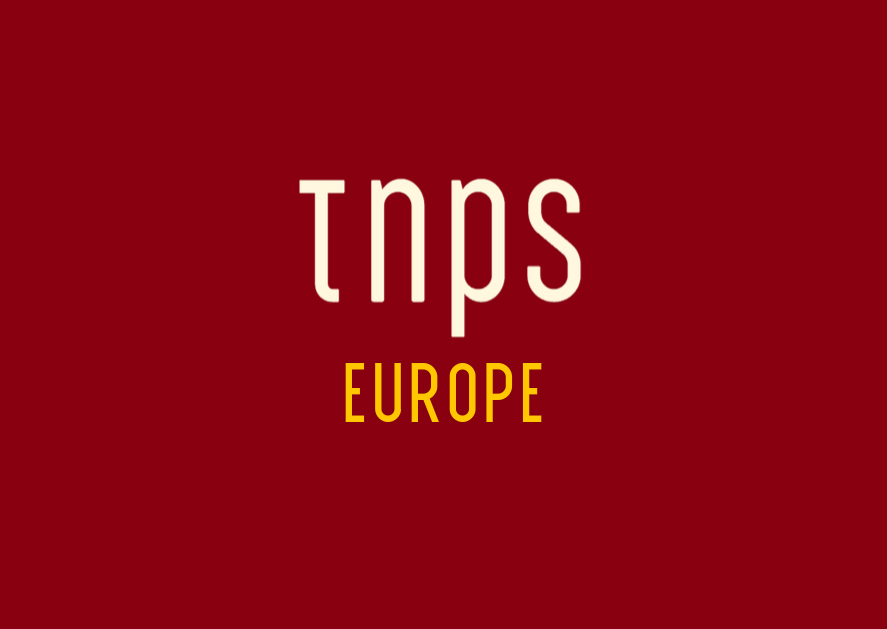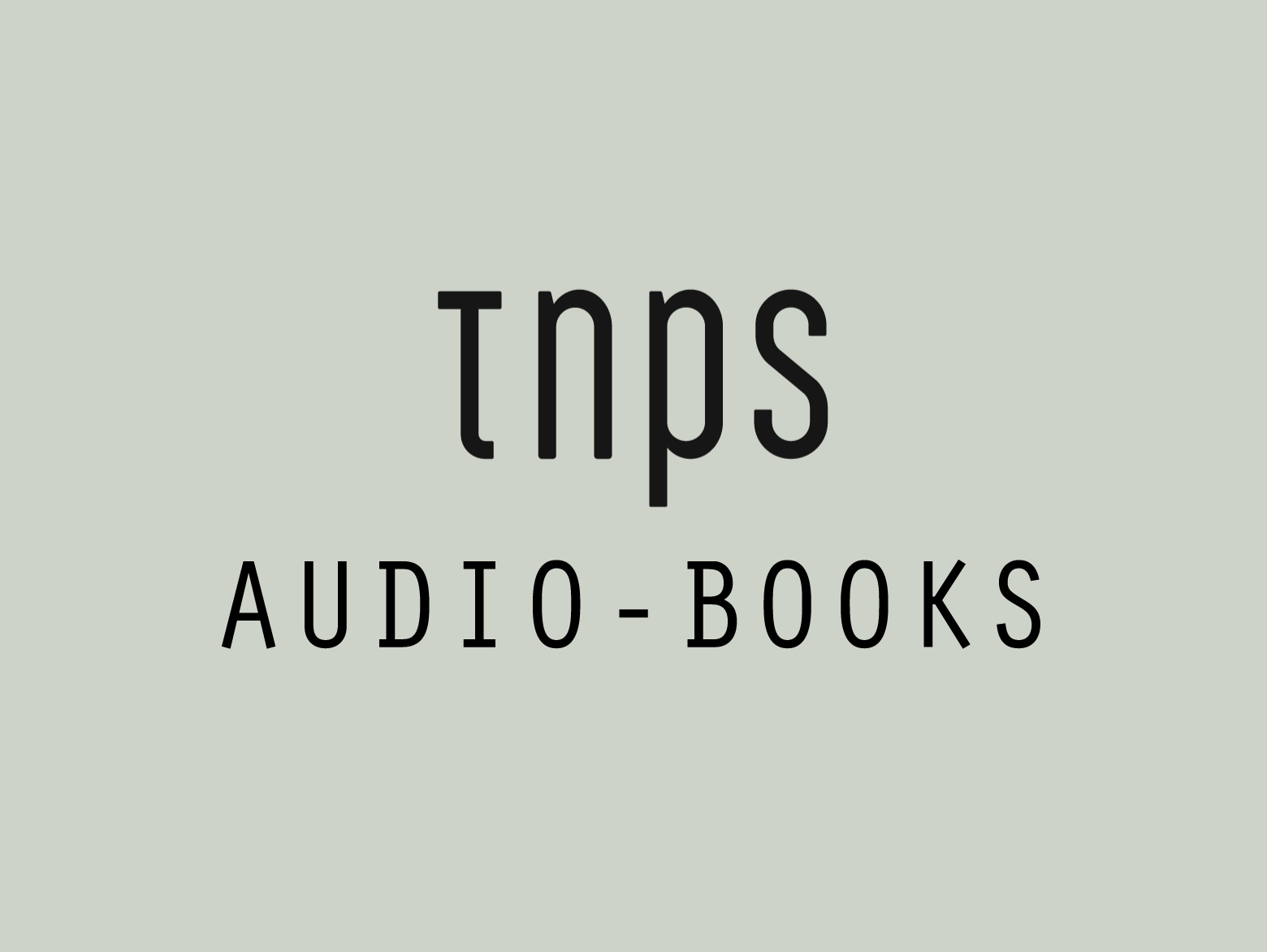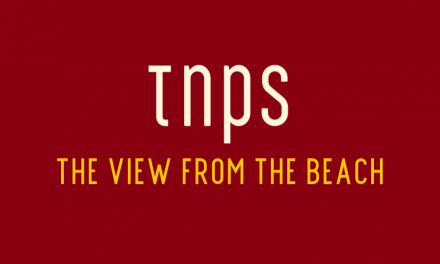Amazon’s own books are quietly taking over the site – or so runs a headline in Quartz, which tells us,
Last year Amazon Publishing put out 1,552 books across its 15 imprints.
It’s a telling point that Amazon’s imprints rarely make an impact in the print charts – even on Amazon – but do disproportionately well with audio and ebooks.
Which means of course that for indie authors focussed on ebooks – and especially those who go exclusive with Amazon – their biggest retailer is also their biggest rival.
That’s not a recipe for long-term stability.
Consider this: Amazon typically pays its imprint authors a 35% royalty. Which means that Amazon checks in 65% of every sale as profit.
For indies it pays a so-called royalty of 70%, but of course that’s not a royalty at all. It’s what’s left over after Amazon takes its 30% sales commission.
But whatever you want to call it, it means Amazon collects 30% on indie titles and 65% on its own titles. Titles it can fully control the promotion of on its own site.
It’s not rocket science to see where this is heading.
Then ponder this headline this weekend:
Amazon was almost worth $1 trillion, now its worth less than Microsoft.
Or this:
Jeff Bezos’ Fortune Tumbles $11 Billion In One Day After Amazon Sales Disappoint.
That’s $11 billion off Bezos’s personal fortune. For Amazon it was a $70 billion crash.
Except it wasn’t a crash at all. Just a market response to a less than stellar quarterly performance.
A real market crash may or may not come any time soon, but a significant market correction is widely predicted.
Nothing Amazon cannot handle – it’s big enough to weather most storms ahead.
But belts will be tightened, margins squeezed, and the weakest suppliers most dependent on Amazon will inevitably be hit the hardest.
It’s worth bearing in mind too that most of the profit that didn’t come from AWS came from Amazon Ads.
Now no question Amazon ads can deliver great results for indie authors who use them efficiently and can front the cash to spend big. But of course here indies are paying Amazon twice, first to advertise the book, and again when the book actually sells.
Financially it makes sense (if the ads do well), of course. Paid advertising is just good business. But as Amazon Ads become the new black for selling a book on Amazon, watch those fees rise. And watch those sales plummet for those authors who cannot afford to spend thousands to make thousands.
In the competitive US book and ebook market where saturation cannot be far away, and where Amazon itself is offering so many alternatives to reading (Amazon Music, Amazon Video, etc) it’s inevitable that a small number of established big name authors with loyal followings, savvy advertising authors, and A-Pub authors are going to get an increasing share of the dollars while the rest are shunted into the wilderness of handfuls of sales.
Authors who go all-in with Amazon can do very well from the exercise – especially APub authors getting the benefits of Amazon promotion for their imprint titles and then having those readers move on to their self-published titles.
But indies not getting special benefits face missing out on “wide” sales.
And here’s the thing: wide sales take time to build up. I see so often indies jumping out of KDP Select, the Amazon exclusivity deal for ebooks, when returns start to diminish, only to complain they aren’t seeing instant results from going wide, even as they continue to promote their Amazon links and ignore the links to other retailers.
Yet for authors who take going wide seriously, the rewards soon become clear.
- New income streams.
- Global reach Amazon cannot match.
- And most importantly, not being reliant on company known for changing the rules without notice and wreaking havoc with author incomes (Kindle Unlimited for example) while being wide open to scams.
The weekend’s headlines should be a salutary lesson that putting all our eggs in one basket may reap short-term rewards but could cost dearly down the road.

